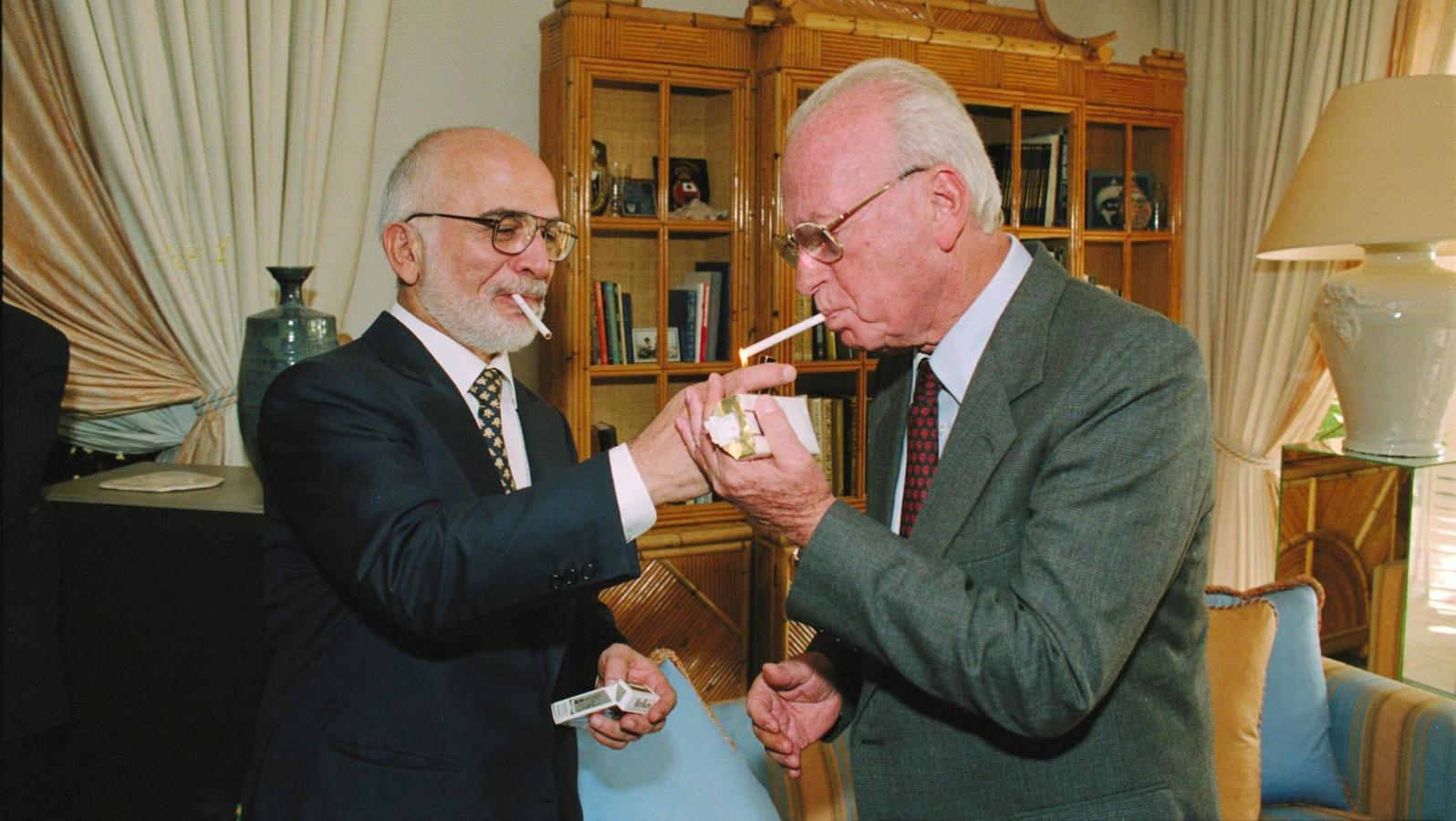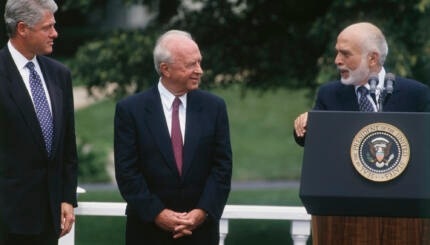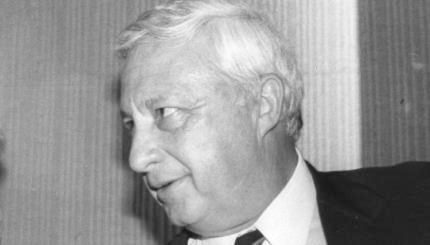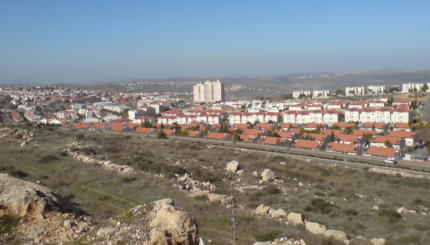By the time 1980 rolled around, Israel, had endured four wars and had just signed its first peace agreement with one of its Arab neighbors, in a deal with Egypt in 1979.
But the 1980s were anything but peaceful for the State of Israel.
War with Lebanon
The Palestinian Liberation Organization (PLO), formed in 1964 and based in Lebanon after being ousted from Jordan, was routinely making guerilla attacks into northern Israel. In response, in 1982, Israel invaded Lebanon, getting as far as Beirut, and eventually driving the PLO out of Lebanon, forcing them to Tunisia.
Israel scored an initial victory, but many came to see Israel’s actions as an overall failure. First and foremost, Israel (and Defense Minister Ariel Sharon, especially) suffered international condemnation for allowing a massacre in the Palestinian refugee camps of Sabra and Shatila by the hands of some Lebanese Christians. Also, while the PLO was severely weakened, the war left a power vacuum in Lebanon that was filled by Syria, which quickly stepped in to control its neighbor.
The Intifada
In 1987, riots broke out in the Gaza Strip after a civilian Israeli truck driver accidentally crashed into the Jabaliya refugee camp, killing four. Supported and funded by the PLO in Tunisia, rioting spread to the West Bank. The Israeli army tried to stop the rioting but to no avail. Known as First Intifada, the rioting and protests spread throughout Israel and the Palestinian territories, with some of the heaviest violence occurring in Jerusalem. The Intifida did not officially end until 1993.
In the aftermath of the Intifada, the Palestinians appeared ready to soften their views toward Israel and the Israelis started looking towards the PLO as a potential partner in peace. After a devastating uprising, both sides looked ready to come to the negotiation table, even with very little trust of the other side.
In 1988, Yasser Arafat, chairman of the PLO and the organizer of past terrorist attacks on Israelis, announced he would accept an Israeli state next to a Palestinian one. He hoped that his renunciation of terror and his acceptance of Israel would legitimize the PLO in the eyes of the United States and the world community, leading to an eventual establishment of a Palestinian state.
Negotiations with the Palestinians
While Israeli Prime Minister Yitzhak Shamir ignored Arafat and refused to accept the legitimacy of the PLO, Shamir’s successor, Labor Party leader Yitzhak Rabin, began negotiations with the PLO.
Initial talks between the PLO, Israel, and the United States were kept secret due to pressure by Foreign Minister Shimon Peres. While they were far from reaching a peace deal, Rabin took the negotiations as a sign that Arafat could be a real partner for peace.
In 1991 Shamir had met face-to-face with Arab governments in Madrid, but Rabin’s meetings, after his 1992 election, with a man considered by many Israelis to be a terrorist leader like Arafat proved much more controversial. The meetings brought up questions in Israeli society that were no longer hypothetical: How much land should be given up for peace? Could the Palestinians be trusted after six years of a violent uprising?
Oslo Accords
In 1993, with U.S. President Bill Clinton looking on, Rabin and Arafat shook hands on the White House lawn after reaching a deal, known as the Oslo Accords.
The Oslo Accords did not include a peace deal between the Israelis and Palestinians but did provide a road map for objectives between the two peoples. In the “Declaration of Principles,” Israel agreed to a gradual withdrawal from Palestinian territories, with the PLO gaining control, as well as recognition of the PLO as the “Palestinian Authority.” Issues like Jerusalem were to be discussed at a later point.
Even without concrete solutions, the Oslo agreements seemed promising. Things were looking up and in 1994, Israel reached its second peace deal with an Arab neighbor when Rabin signed an accord with Jordanian King Hussein.
Rabin’s Assassination
But everything came to a crashing halt in 1995. At a peace rally in Tel Aviv on November 4th, Rabin was assassinated by Yigal Amir, an extremist right-wing Israeli who opposed the peace process. While the Rabin assassination did not halt the peace plan alone, it, along with a series of suicide bombings, led to the 1996 election of Benjamin Netanyahu and his center-right party, Likud.
While Netanyahu’s campaign slogan was “Peace with Security,” it became clear that he was going to take a hard-line towards negotiations with the Palestinians. The party was more supportive of settlers in the West Bank and Gaza and much less trusting of the Palestinian Authority.
While the Oslo Accords were in effect, tensions between Israelis and Palestinians were still high.
By the end of the century, Prime Minister Ehud Barak was preparing to offer a peace deal to Arafat that would eventually be rejected. Instead of peace, a second Intifada broke out in Israel leading to more years of violence and deferred peace.



